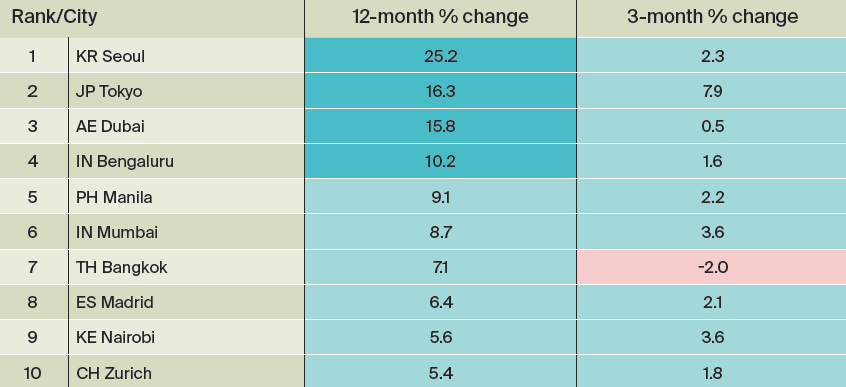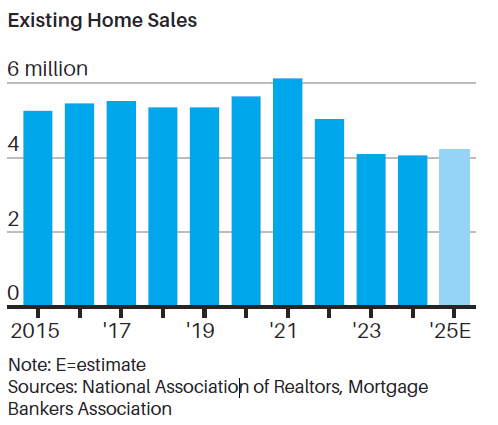- Ziggurat Realestatecorp

- Sep 12
- 2 min read
Residential Rental yields in some parts of Metro Manila are expected to remain weak this year as developers grapple with unsold condominium units and elevated vacancy rates, property consultants said.
“The current oversupply of condominiums in Metro Manila has placed downward pressure on rental yields,” Jamie S. Dela Cruz, research manager at KMC Savills, said in an e-mailed reply to questions. “The exit of POGOs (Philippine offshore gaming operators), which previously boosted demand, has further softened the market.”
Data from Colliers Philippines showed rental yields in Metro Manila condominiums rose slightly to 4.2% in the second quarter from 4% in 2019. However, the firm said a meaningful recovery is unlikely in the near term.
“We do not see a significant improvement in Metro Manila residential yields for the remainder of 2025 up to 2026 as we are still projecting vacancy rates to hover between 25% and 26%,” Joey Roi H. Bondoc, director and head of research at Colliers Philippines, said.
Colliers data showed that as of the second quarter, 30,500 ready-for-occupancy units remained unsold. Of the total, 32% were from the lower middle-income segment valued at P3.6 million to P6.99 million, while 22% were from the affordable segment priced at P2.5 million to P3.59 million.
The Bay Area, Makati fringe, Pasig and Manila accounted for 35% of the unsold units in Metro Manila.
Mr. Bondoc also noted that rental rates in submarkets are heavily reliant on POGO tenants, such as the Bay Area, remain below pre-pandemic levels. Studio units there now lease for about P700 per square meter (sq.m.) compared with P1,200 per sq.m. before 2020.
The Bay Area — covering Pasay, Manila and Parañaque — posted the highest residential vacancy in the second quarter at 54%.
“Once we see a substantial improvement in vacancy rates and a corresponding rise in rents, then we project yields to marginally increase,” he said. “But given that we still have sizable unsold ready-for-occupancy units in Metro Manila, and with soft demand in the secondary market, we are not projecting a significant increase in yields over the next 12 months.”
Mr. Bondoc added that weak demand is partly tied to hybrid and remote work arrangements. “As a result, employees are no longer required to rent condominium units in Metro Manila and would rather go back to their home provinces and work from home.”
Still, property analysts said landlords could take steps to improve competitiveness.
“Unit owners can differentiate their properties by adding value — such as offering parking spaces, upgrading unit interiors and enhancing amenities such as internet, cable television and security features,” Ms. Dela Cruz said.
She said tenants who could support rental demand include employees under mandatory return-to-office policies, as well as expatriates and professionals who prefer renting to buying.
“As more companies enforce return-to-office policies, occupancy may gradually improve, supporting rental demand,” she said.
“Marketing efforts should focus on tenants with a strong preference for renting, like corporate clients, expatriates, and professionals who reside in nearby provinces but work in Metro Manila,” she added.
Source: Business World



